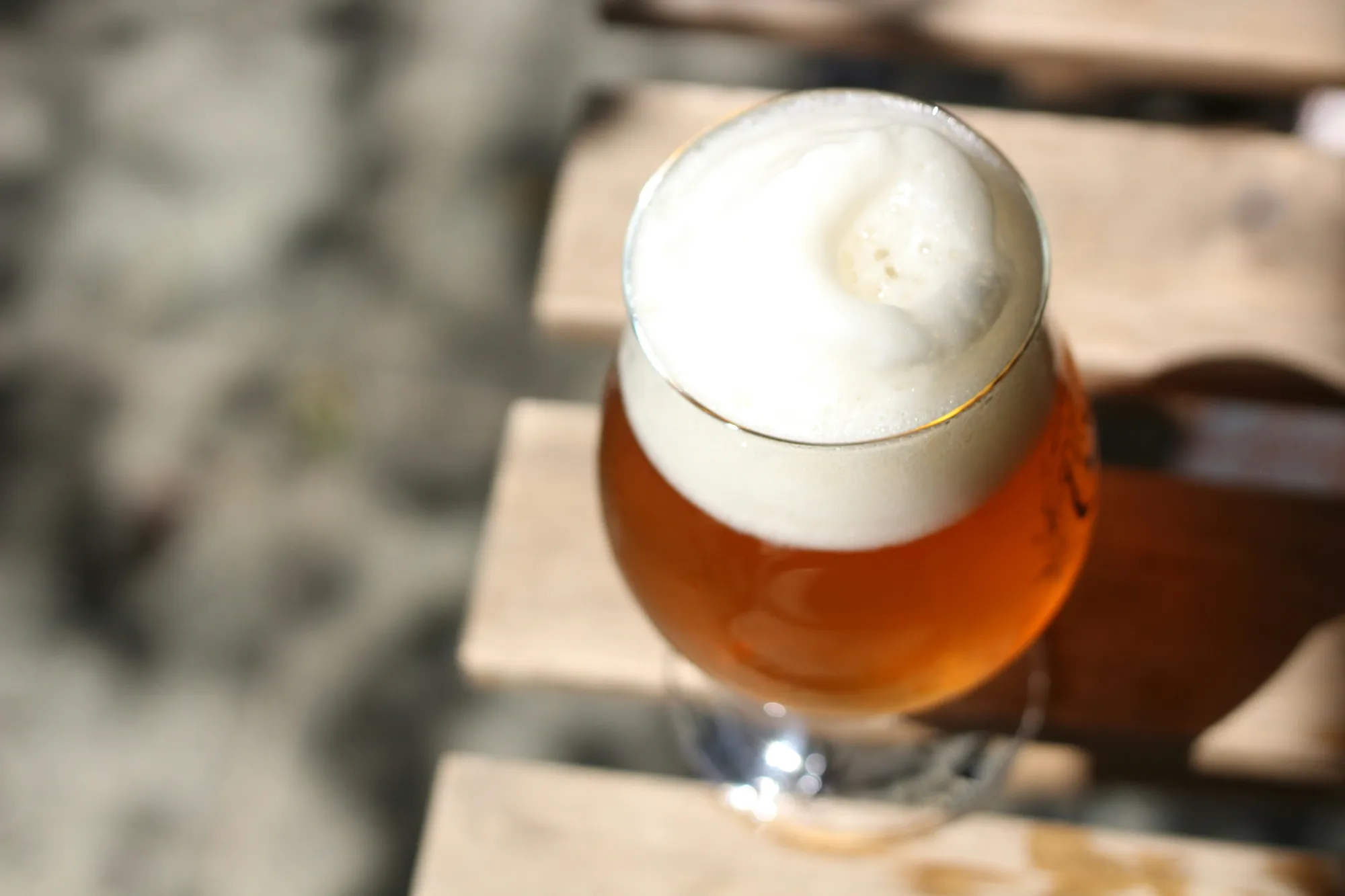When it comes to homebrewing, crafting the perfect IPA (India Pale Ale) is an art that many enthusiasts aspire to master. Whether you’re a seasoned homebrewer or just starting your brewing journey, this guide will provide valuable tips and insights to elevate your IPA game.
Brewing an IPA requires a careful balance of hops, malt, and yeast, and by focusing on key elements, you can achieve a brew that stands out for its hoppy aroma and bold flavors.
The essence of brewing an IPA
Brewing an India Pale Ale is a celebration of hops, and understanding the essence of this vital ingredient is crucial. Hops impart bitterness, flavor, and aroma to your IPA. Selecting high-quality hops and experimenting with different varieties can lead to unique and memorable brews. Embrace the diversity of hop profiles to tailor your IPA to your taste preferences.
Choosing the right hops for your IPA
The world of hops is vast, with each variety contributing distinct characteristics to your IPA. Experiment with popular choices like Cascade, Citra, and Simcoe to discover the flavor and aroma profiles that resonate with you. Combining different hop varieties can create a complex and well-rounded IPA.
Utilizing dry hopping techniques
Dry hopping is a technique that adds hops to the fermenter after the initial fermentation stage. This process enhances aroma without contributing significant bitterness. Consider dry hopping to intensify the hop character and elevate the overall sensory experience of your beer.
Malt backbone and grain bill
While hops take the spotlight in an IPA, a well-crafted malt backbone provides balance. Experiment with various malt combinations to find the right level of sweetness and maltiness to complement the hop-forward nature of your IPA. Achieving harmony between malt and hops is key to brewing an exceptional IPA.
Yeast selection and fermentation
Choosing the right yeast strain is essential when you brew an IPA. Certain yeast strains can enhance hop flavors and aromas while providing the desired level of attenuation. Pay attention to fermentation temperatures to ensure a clean fermentation process and prevent off-flavors that can detract from the hop profile.
IPA water chemistry
Water chemistry plays a subtle yet significant role when brewing an IPA. Adjusting the mineral content of your brewing water can impact the perceived bitterness and overall mouthfeel of your beer. Experimenting with water profiles allows you to fine-tune your IPA to meet your taste preferences.
Quality control and patience
Brewing the perfect IPA requires attention to detail and patience. Regularly monitor fermentation, take hydrometer readings, and sample your beer throughout the process. Don’t rush the conditioning phase, as allowing your IPA to mature can enhance its flavors and aromas.
In the world of homebrewing, crafting a perfect IPA is a rewarding journey that combines science, art, and a passion for hops. By focusing on the key elements mentioned in this guide and experimenting with different techniques, you can brew IPAs that showcase your skills and delight the taste buds of those fortunate enough to enjoy your creations.

